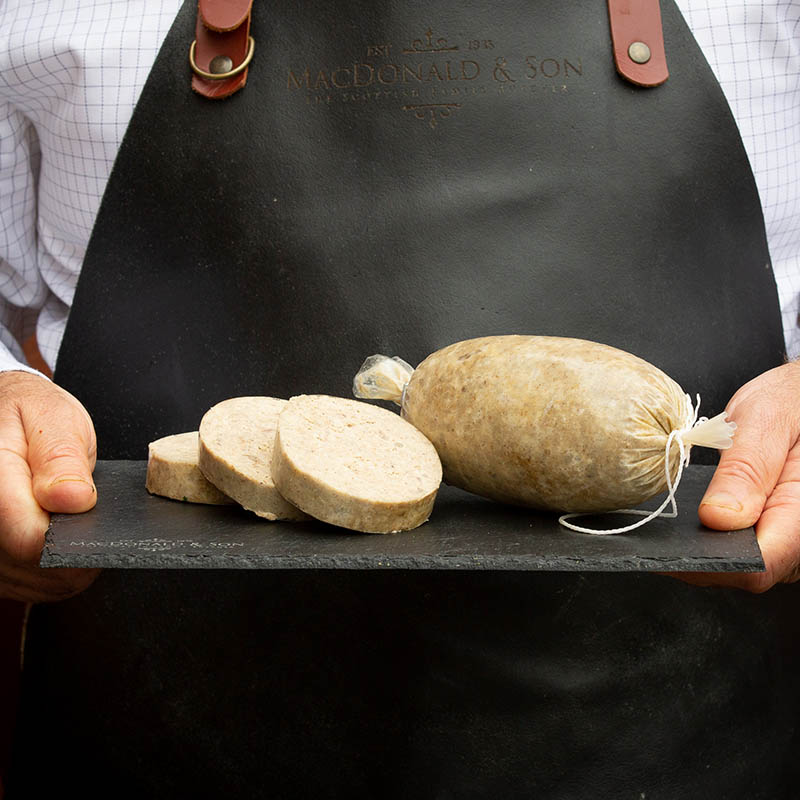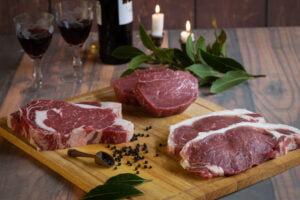
Scottish Haggis: Unveiling the Unique Delicacy
Culinary experiences are an integral part of exploring a culture, and when it comes to Scotland, one dish that stands out for its distinctiveness and historical significance is haggis. Often associated with traditions, folklore, and festivities, Scottish haggis is a dish that has piqued the curiosity of food enthusiasts around the world. In this blog, we will delve into the fascinating world of haggis, uncovering its origins, ingredients, preparation, and the cultural importance it holds in Scotland.
The Origins and Evolution of Haggis
Haggis has a long history dating back centuries. Its exact origins are debated, but it is believed to have been inspired by similar dishes found in various cultures across Europe and the Middle East. Over time, haggis evolved into the iconic Scottish dish that we know today.
Ingredients and Preparation
Haggis is traditionally made using a combination of minced sheep’s heart, liver, and lungs, mixed with suet, onions, oatmeal, spices, and seasoning. The mixture is then encased in a sheep’s stomach lining and simmered for several hours. While the traditional method may raise some eyebrows, modern variations often use synthetic casings for the same flavors without the stomach lining.
The Great Haggis Hunt: Burns Supper
One of the most famous events associated with haggis is the Burns Supper, held annually to celebrate the life and works of Scottish poet Robert Burns. The centerpiece of this event is the “Address to a Haggis,” a poem recited just before the haggis is ceremoniously brought to the table. The haggis is then sliced open, and the celebration continues with a feast of haggis, neeps (turnips), and tatties (potatoes), all washed down with a good measure of whisky.
Cultural Significance
Beyond its culinary appeal, haggis holds cultural significance in Scotland. It symbolizes tradition, community, and the ability to make delicious meals from basic ingredients. The dish has a special place in the hearts of Scots and is often enjoyed during festive occasions and gatherings.
Beyond Tradition: Modern Interpretations and Variations
In recent years, haggis has undergone a transformation, adapting to modern tastes and dietary preferences. Vegetarian and vegan versions of haggis have gained popularity, replacing meat with a mix of vegetables, pulses, and grains. These variations still capture the essence of haggis while catering to a wider audience.
Scottish haggis is more than just a dish; it’s a piece of Scotland’s cultural tapestry. Its history, preparation, and the unique traditions surrounding it provide a window into the country’s rich heritage. Whether you’re a traditionalist seeking an authentic experience or an adventurous food lover open to new interpretations, exploring the world of Scottish haggis is a journey worth undertaking. So, the next time you’re in Scotland, be sure to savor a bite of this iconic delicacy and immerse yourself in its flavors and stories.






